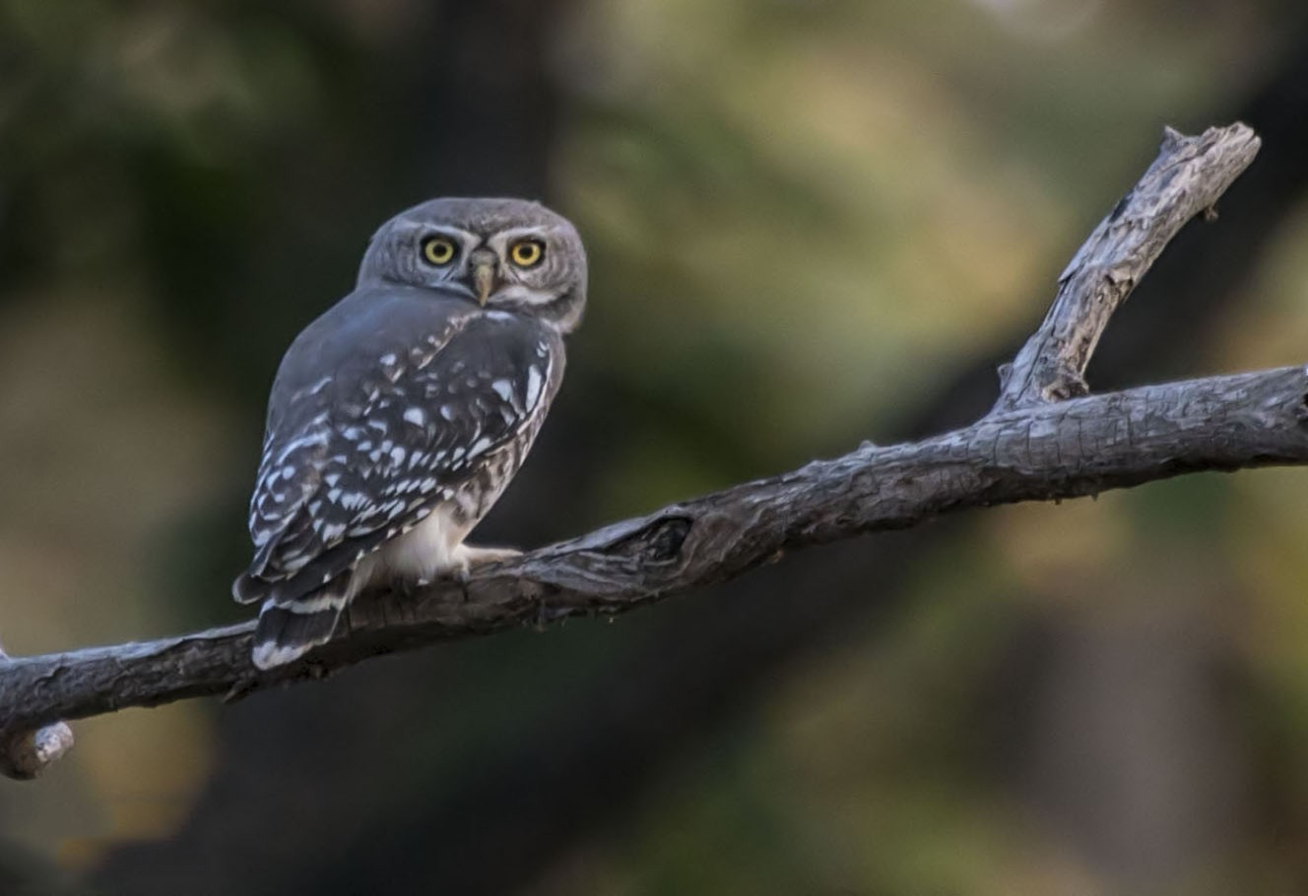





Copyright infringement not intended
Picture Courtesy: https://ebird.org/species/forowl1
Context: The Bombay Natural History Society (BNHS) and Nature Conservation Society, Amravati (NCSA) jointly spot three Forest Owlets in the Melghat Tiger Reserve, providing renewed hope for the survival of this critically endangered species rediscovered in 1997.
|
Melghat Tiger Reserve ●The Melghat Tiger Reserve (MTR) is a protected area in Maharashtra. ●It was created by merging the Turia Sanctuary (established in 1973) and the Melghat Sanctuary (established in 1985). ●Numerous rivers like Tapti, Purna, and Narmada flow through the reserve. ●The predominant vegetation types include dry deciduous forests, bamboo thickets, and grasslands. ●The reserve plays a crucial role in conserving the Bengal tiger population and other species include leopards, sloth bears, dholes, gaur, sambar, and a variety of birds like hornbills, owls, and eagles. ●The Satpura mountain range forms the eastern boundary of MTR. Chikhaldara, the highest point within the reserve. ●The Melghat region is home to several indigenous tribal communities, including Korku, Bharia, and Gond. |
About Forest Owlet
Appearance
Habitat and Distribution
Behaviour
Conservation Status
|
PRACTICE QUESTION Q. Consider the following statements in the context of the Melghat Tiger Reserve: 1. It was established by merging two pre-existing sanctuaries. 2. It is home to the highest population of tigers in India. 3. The Satpura mountain range forms its eastern boundary. 4. The Tapti, Purna, and Narmada rivers flow through the reserve. How many of the above statements are correct? A) Only one B) Only two C) Only three D) All four Answer: C Explanation: The incorrect statement regarding the Melghat Tiger Reserve is Statement 2: It is home to the highest population of tigers in India. While the Melghat Tiger Reserve is an important wildlife habitat, it is not home to the highest population of tigers in India. The reserve is known for its rich biodiversity and is a crucial tiger conservation area, but other reserves, such as the Sundarbans or Nagarhole National Park, are known for having larger tiger populations. The actual highest population of tigers in India can vary over time and is often subject to ongoing studies and assessments. |







© 2025 iasgyan. All right reserved